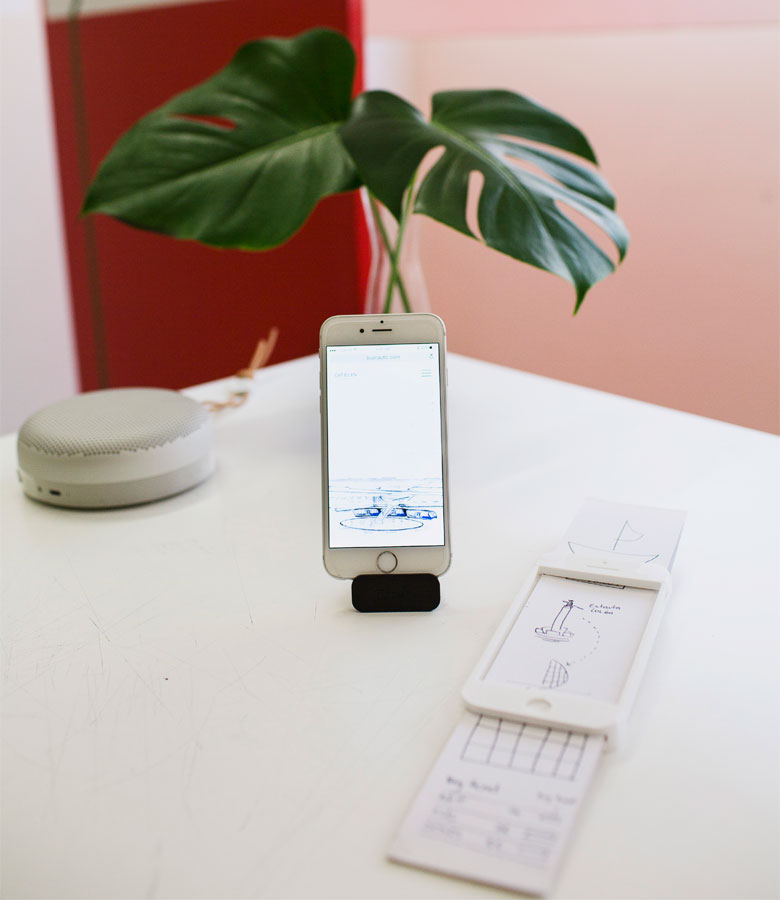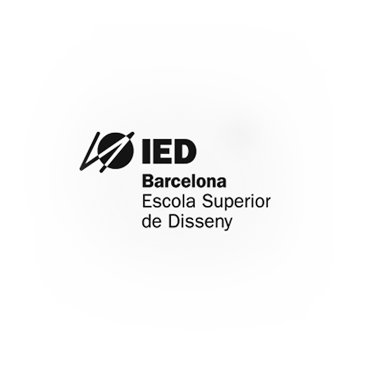Follow our student through the design process: DEFINITION!
Our Business Design students just presented the second stage of their final thesis, get to know more about it!

-You can read the introduction to the Design Thinking Process and the explanation of the previous stage, DISCOVERY, here–
The DEFINITION stage is a convergent one. Remember the image of running through an open field with a butterfly net in the DISCOVERY. During the DISCOVERY, we have identified which problems or opportunities exist and need to be addressed through the design of a new product or service or the redesign of existing ones. Now it’s time to examine all the gathered information and give a very specific and clear definition of the problem we have chosen to design for and our idea to address it.
The broader the definition is, the more difficult it will be to work on it, so, although you have your concept very clear in your mind, don’t move forward if you have a vague definition. Don’t be afraid to spend more time in this stage and redefine it until it is specific, easy to understand and action-driven, it will save you much more time and false steps in the following stages. Design teams and companies dedicate a significant part of the design process to the DISCOVERY and DEFINITION stages.
WHAT PROCESS HAVE OUR STUDENTS FOLLOWED IN THIS STAGE?

-You can read about the DEFINITION stage of this year Business Design final project here–
The British Design Council describes the DEFINITION stage both as a filter and as a pivot. Firstly, we draw needs and insights from all the data gathered in the DISCOVERY stage, analyse them, redefine them as problems or opportunities and choose the one we want to work with. Secondly, the ideas for solutions are initially developed and weighed and we can both make the decision to move on to production with one idea or to continue with the ideation.
Besides the user, we always keep the immediate and general context, what can be done, and the client we are working for in mind. We base our idea on a comprehensive rationale and target profiling, identify and evaluate the key risks and development challenges and make an initial definition of the communication plan that will support our new service or product. Formal tools help us ensure that we have taken into account every essential aspect of the project and they also help us communicate the design process and justify our decisions to other parts of the organisation. Some of these tools are:
MIND MAPPING. A tool to visually stimulate the generation of ideas and the connection between them. First, we put a problem or idea in the centre, then we use lines, arrows, words and drawings to build a system of thoughts around this starting concept.
EMPATHY MAP. Organizes the information collected in the interview during the DISCOVERY. We draw a quadrant layout on paper or a whiteboard and dedIcate each quarter to one of these aspects of our interviewed user: WHAT DOES HE SAY, WHAT DOES HE DO, WHAT DOES HE THINK, WHAT DOES HE FEEL.
PERSONAS. After an exhaustive observation of the groups of people that use or may use the product or service, we create user archetypes. Each persona is an imaginary user that embodies the attributes of the existing social group that represents: from the personal, social and demographic characteristics to the cultural background, habits, needs, desires… These archetypes will serve to test our ideas for solutions.
COSTUMER JOURNEY. Identifies the touchpoints between users and the service or product in each of the usage stages. In case that there is no product or service created yet to solve the problem/need we have chosen, we analyse all the tasks the users have to perform when trying to solve the problem/ satisfy the need.
HOW MIGHT WE…? QUESTIONS. Are a link between the insights and the generation of ideas. We take a problem, for example, “Users don’t understand how the service works” and then ask ourselves “How might we improve the understanding of the service?” We turn a problem into a design opportunity. The possible answers to these questions are the ideas that will build our innovative solution.
